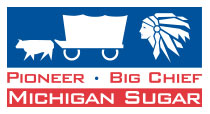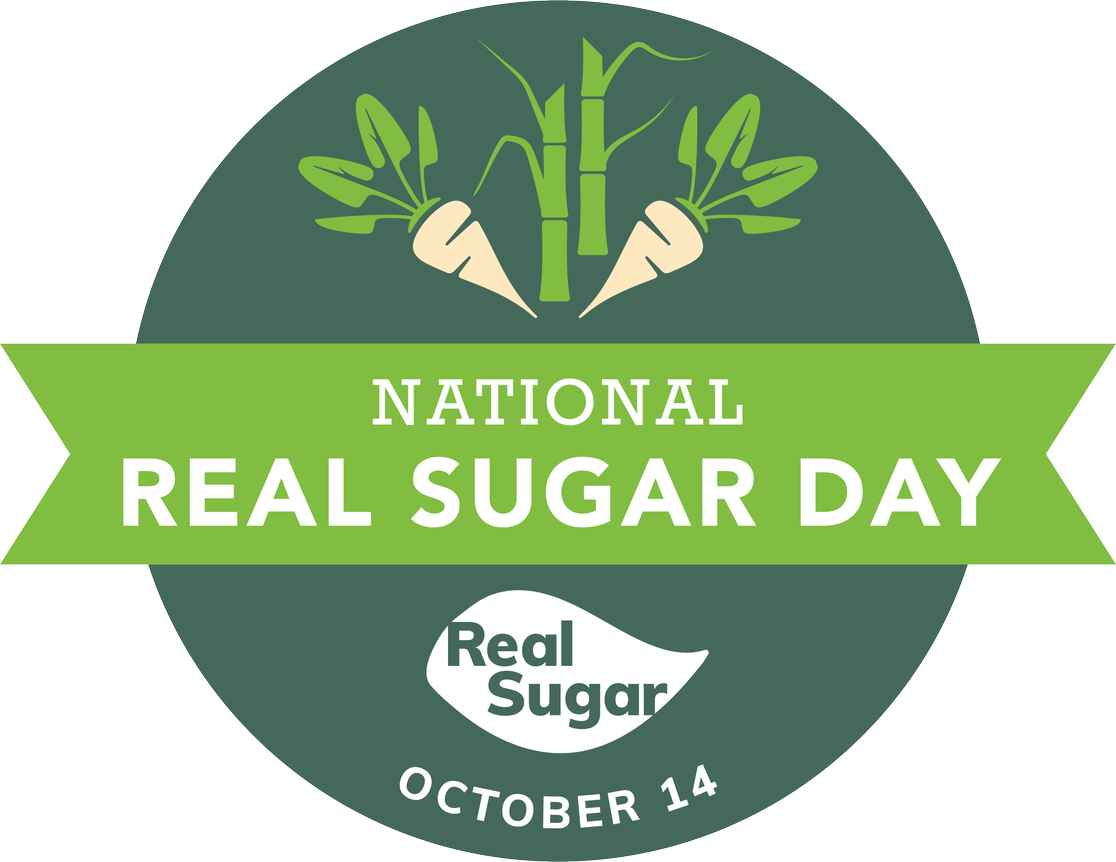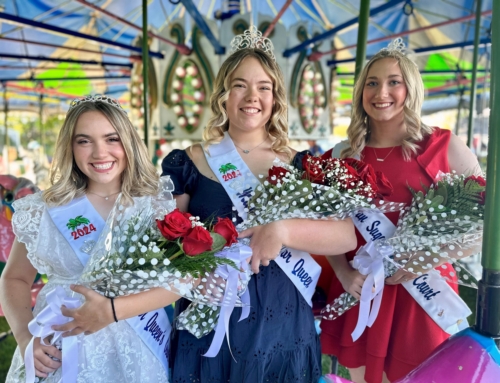How will you celebrate one of the world’s oldest documented commodities?
The Sugar Association has announced the celebration of the first National Real Sugar Day, taking place Oct. 14, 2022, as a day to celebrate real sugar with the people who bring it from farm to table and those individuals and families who enjoy it as part of a balanced diet.
“Many consumers are confused about how real sugar fits into their diet, but according to the Dietary Guidelines for Americans, there is room – up to 10 percent of daily calories – for sugar in a balanced diet,” said Sugar Association President and CEO Courtney Gaine, Ph.D., RD. “For thousands of years, sugar has helped us celebrate life’s sweet memories, so we thought it was time to turn the tables and officially celebrate real sugar and the many roles it plays in our lives.”
In a March 2021 survey, U.S. consumers listed sugar most frequently when asked to name any ingredients that come to mind that make food or beverages enjoyable to eat or drink. On the flip side, while people say it is their favorite ingredient, almost half of consumers are unsure where sugar comes from with 46 percent unaware that real sugar comes from plants. There is a lot of opportunity for the industry to increase awareness around what real sugar is. Real sugar has been a part of our diets for thousands of years, and there is so much to share about the many functions sugar has in food.
Real sugar is grown and harvested on sugarbeet and sugar cane farms. And the same pure sugar found naturally in the plant is what ends up in kitchens across the country.
Sugar is a versatile and irreplaceable functional ingredient in food. Without sugar, ice cream wouldn’t be so creamy, crackers wouldn’t be as crispy, and breads wouldn’t be so light and airy. Beyond providing sweetness, sugar also is used to balance acidity, add bulk, or prevent spoilage. Additionally, sugar is used in the production of medication, to make bioplastics for planes, and can extend the life of your fresh cut flowers. With all these valuable functions, sugar can’t simply be replaced by another single ingredient.
As one of the world’s oldest documented commodities, sugar has been consumed by people all over the globe for thousands of years, with the earliest records of domestication of sugar cane dating back to 8000 BC in Papua New Guinea where the indigenous people chewed it raw. From there, it spread across the globe. In 1747, sugar was identified in beet roots, giving us the second crop from which real sugar is extracted today. In the United States today, about 9 million tons of sugarbeet and sugar cane is grown and processed in 17 states each year.
How to observe #NationalRealSugarDay:
- Bake or cook something with #RealSugar to share with family, friends, and online.
- Share images of sugarbeet or sugar cane harvest online with #RealSugar.
- Pose with your favorite type of real sugar or sugar-containing food and post to social media.
- Share real sugar-containing recipes online.
- Share stories of where real sugar comes from by posting images of sugarbeets and sugar cane.
- Share images and stories of the farmers who grow real sugar.
- Teach your class about where real sugar comes from and enjoy something made with real sugar together. The Sugar Association’s STEAM packet has many accredited classroom resources.
The Sugar Association and the broader sugar industry are planning now for National Real Sugar Day celebrations across the country. Contact us or follow us on social media @moretosugar to get involved. Follow #NationalRealSugarDay leading up to and on the day of for updates.









